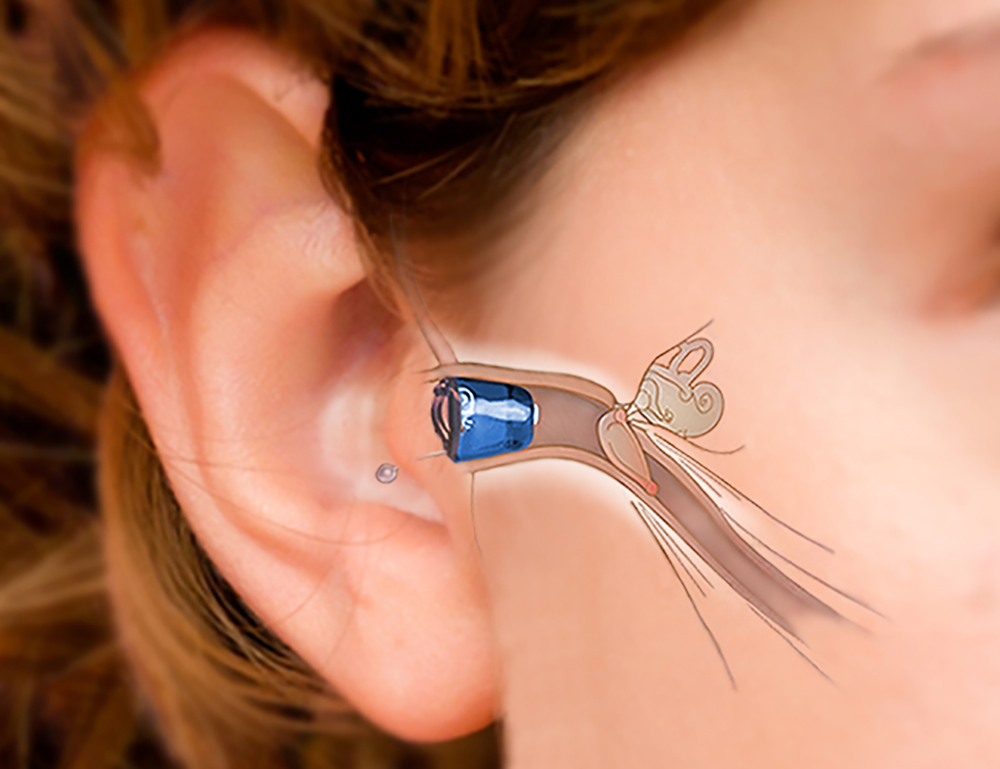How Modern Hearing Aids Transform Daily Communication and Life
Hearing loss affects millions of Americans, but today's advanced hearing aid technology offers unprecedented solutions for better communication and enhanced quality of life. These sophisticated devices have evolved far beyond simple amplification, incorporating smart features, wireless connectivity, and personalized sound processing that adapts to individual needs and environments.

How Modern Hearing Aids Are Changing Everyday Life
Today’s hearing aids represent a dramatic shift from the bulky, whistling devices of the past. Modern hearing aids use advanced digital signal processing to distinguish between speech and background noise, automatically adjusting volume levels based on your environment. Many users report improved confidence in social situations, better performance at work, and enhanced enjoyment of music and entertainment. These devices now connect seamlessly to smartphones, televisions, and other audio sources, creating an integrated listening experience that feels natural and effortless.
Discover the Latest Innovations in Hearing Aid Technology
Cutting-edge hearing aids incorporate artificial intelligence and machine learning algorithms that continuously adapt to your listening preferences. Rechargeable batteries have replaced traditional disposable ones in many models, offering all-day power with convenient overnight charging. Bluetooth connectivity allows direct streaming from phones and tablets, while smartphone apps provide remote control and personalization options. Some advanced models feature tinnitus masking, fall detection, and even health monitoring capabilities that track physical activity and cognitive engagement.
Hearing Aids Explained What to Know Before Choosing the Right Device
Selecting appropriate hearing aids requires understanding different styles and technologies available. Behind-the-ear models offer powerful amplification and longer battery life, while in-the-ear designs provide discretion and comfort. Completely-in-canal options are nearly invisible but may have limited features due to size constraints. Key factors to consider include degree of hearing loss, lifestyle needs, dexterity limitations, and budget constraints. Professional audiological evaluation and fitting ensure optimal performance and comfort for your specific hearing profile.
Improving Quality of Life The Benefits of Using Hearing Aids
Research consistently demonstrates that hearing aid use significantly improves overall well-being and cognitive function. Users experience reduced listening fatigue, improved relationships with family and friends, and greater participation in social activities. Studies show that addressing hearing loss early can help prevent cognitive decline and reduce the risk of depression and social isolation. Many people report feeling more alert and engaged in conversations, leading to increased confidence in professional and personal settings.
From Subtle to Smart How Hearing Aids Have Evolved Over Time
The transformation of hearing aids from analog amplifiers to sophisticated digital computers represents one of healthcare technology’s greatest success stories. Early devices simply made everything louder, often creating uncomfortable feedback and poor sound quality. Modern hearing aids analyze sound environments thousands of times per second, applying complex algorithms to enhance speech clarity while reducing unwanted noise. Miniaturization has made devices virtually invisible, while wireless technology enables seamless integration with modern digital lifestyles.
| Provider | Device Type | Key Features | Cost Estimation |
|---|---|---|---|
| Phonak | Behind-the-ear | Bluetooth, rechargeable, AI-powered | $2,000-$6,000 per pair |
| Oticon | In-the-ear | Brain-first technology, tinnitus relief | $1,800-$5,500 per pair |
| ReSound | Receiver-in-canal | Direct iPhone streaming, app control | $1,500-$4,800 per pair |
| Signia | Completely-in-canal | Motion sensors, own voice processing | $1,200-$4,200 per pair |
| Widex | Behind-the-ear | Natural sound processing, music programs | $1,800-$5,200 per pair |
Prices, rates, or cost estimates mentioned in this article are based on the latest available information but may change over time. Independent research is advised before making financial decisions.
Conclusion
Modern hearing aids have revolutionized how people with hearing loss experience the world around them. These sophisticated devices offer far more than simple amplification, providing intelligent sound processing, wireless connectivity, and personalized features that adapt to individual needs. With ongoing technological advances and improved accessibility, hearing aids continue to enhance communication, social engagement, and overall quality of life for millions of users. Professional consultation remains essential for selecting and properly fitting the most appropriate device for your specific hearing needs and lifestyle requirements.
This article is for informational purposes only and should not be considered medical advice. Please consult a qualified healthcare professional for personalized guidance and treatment.




